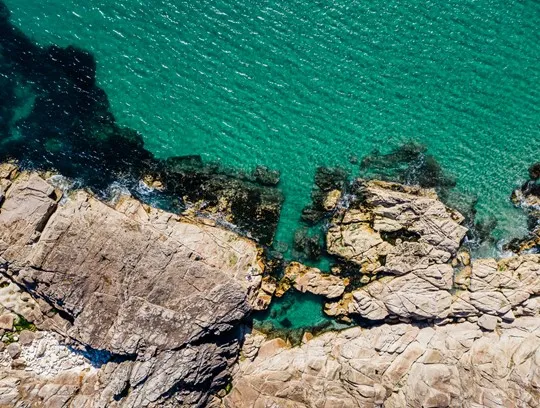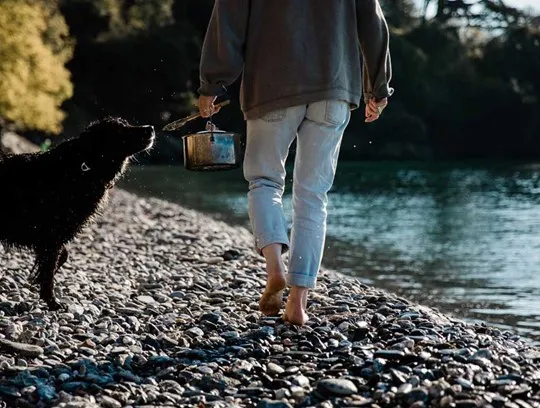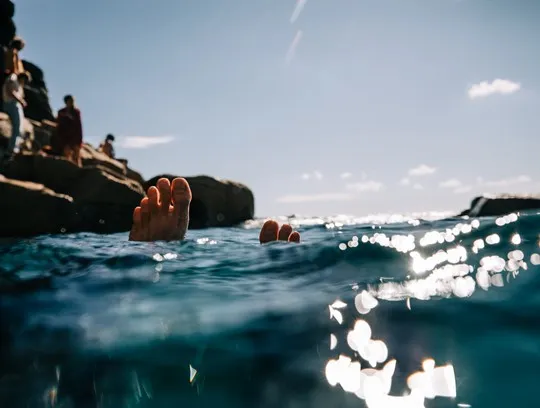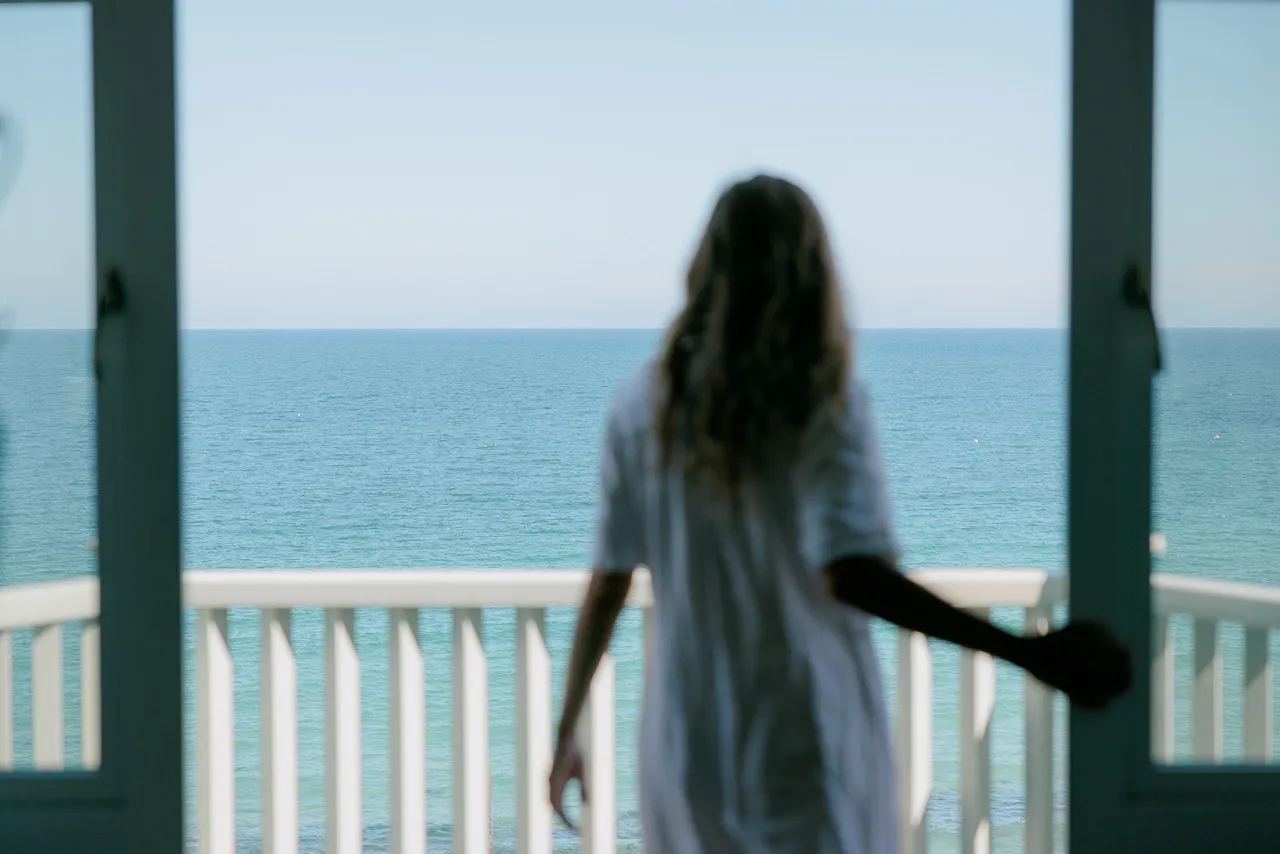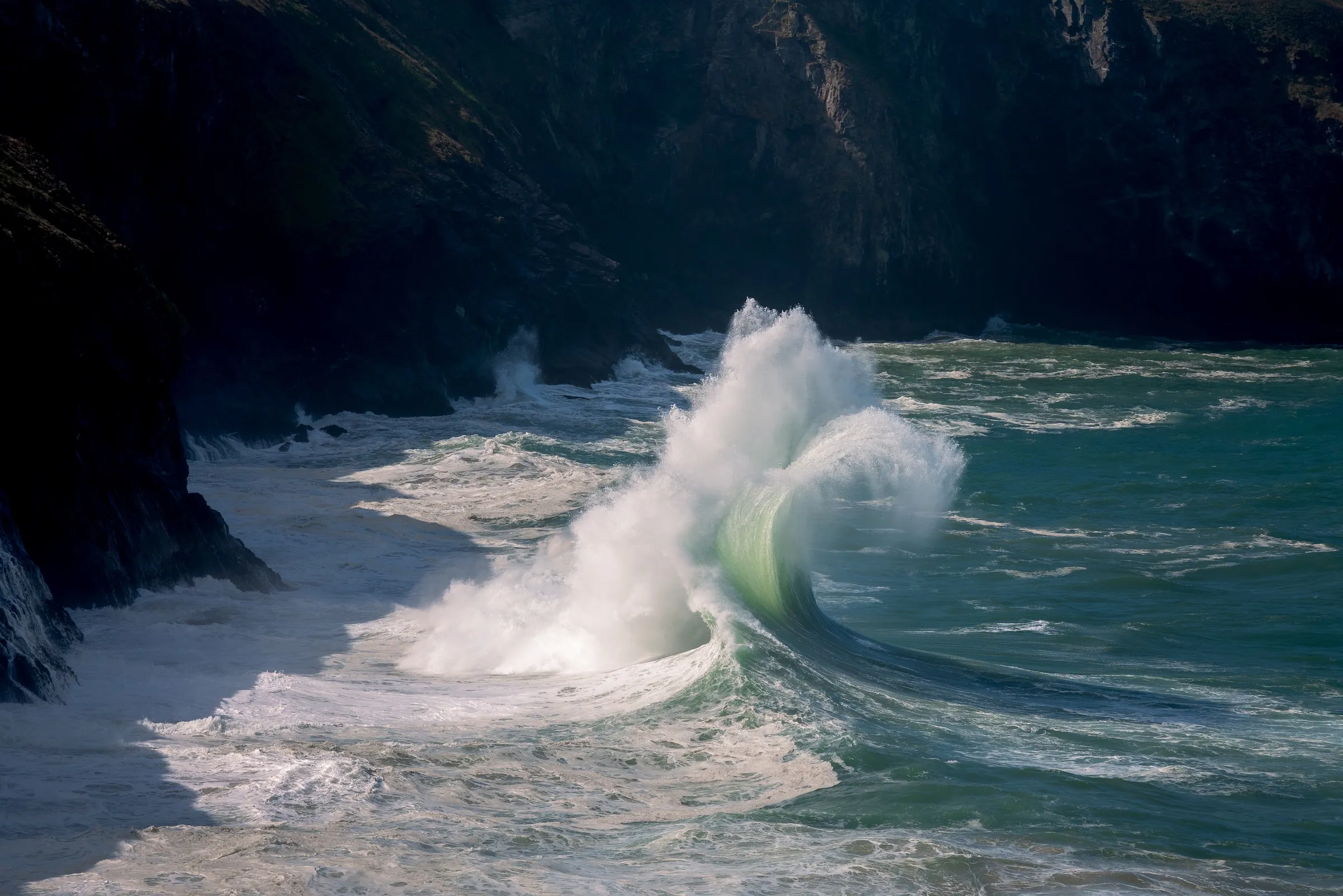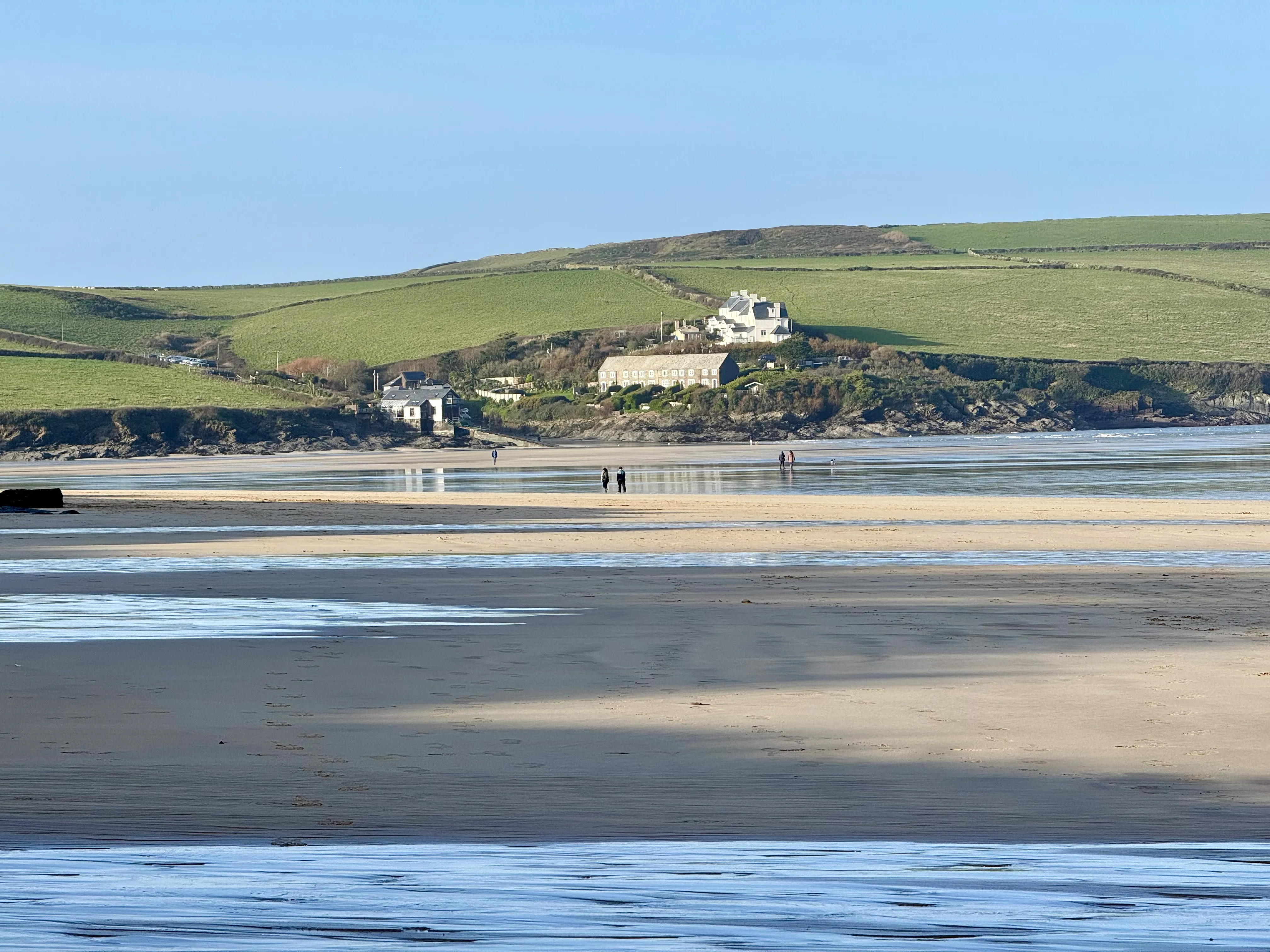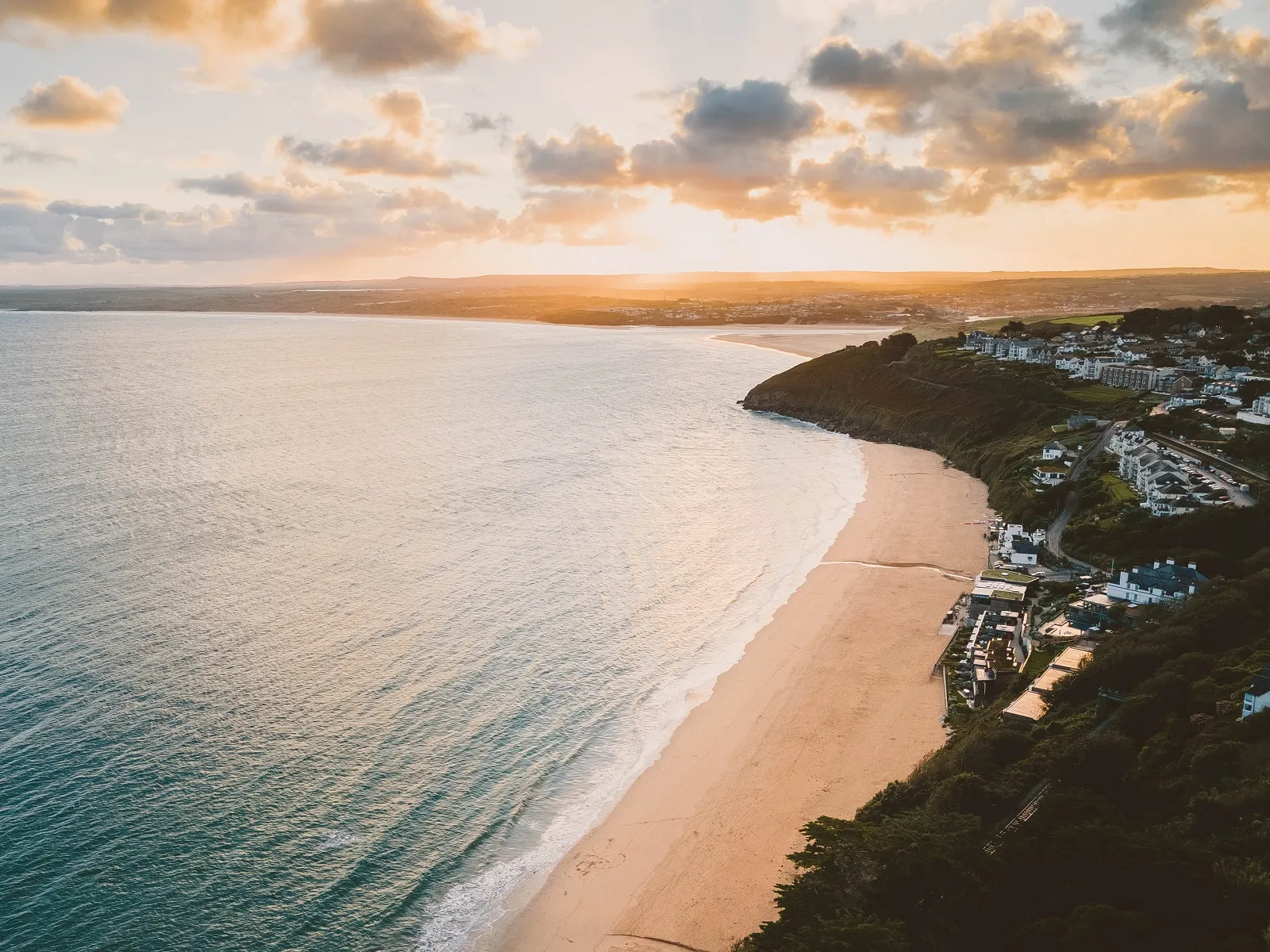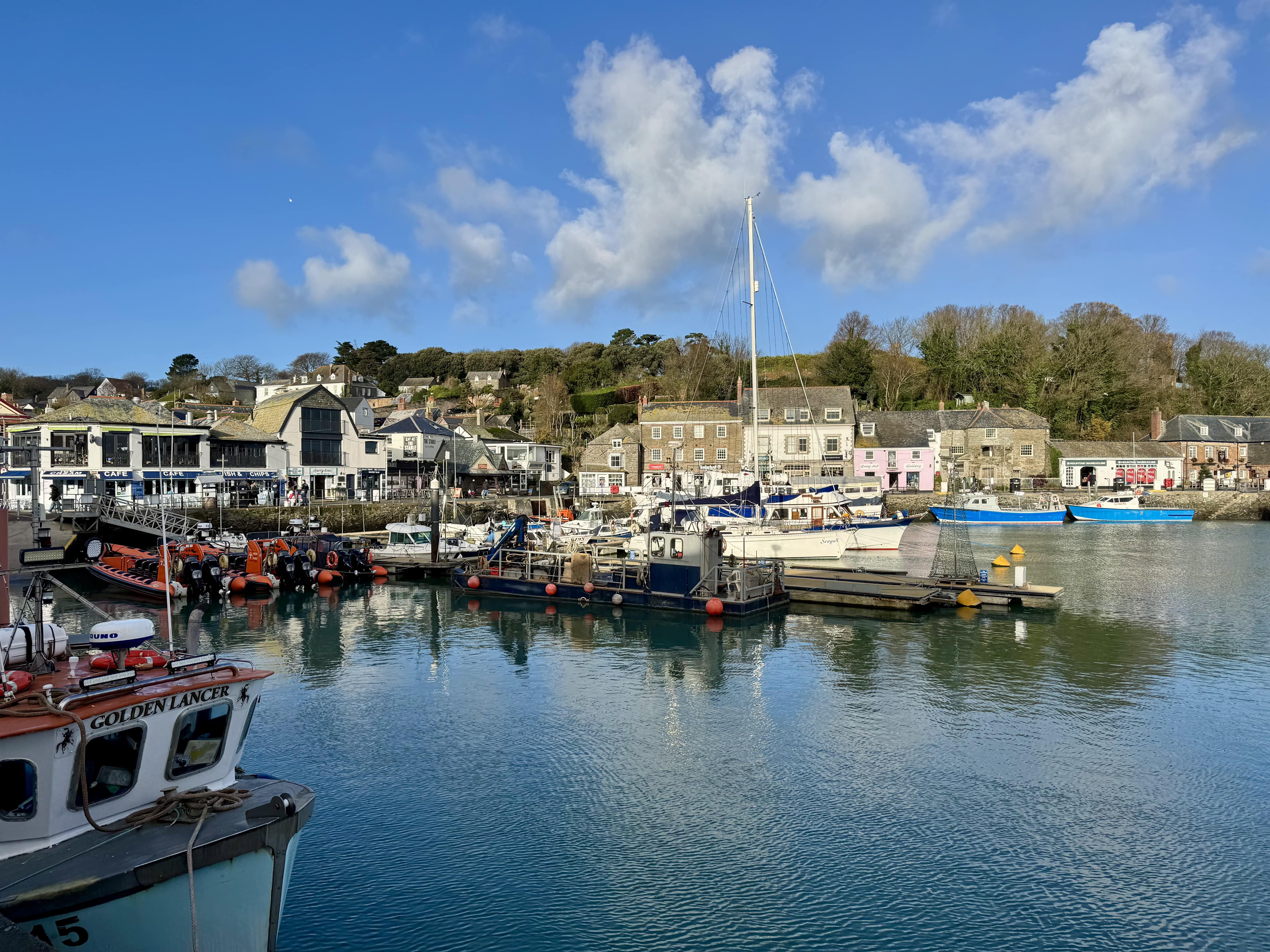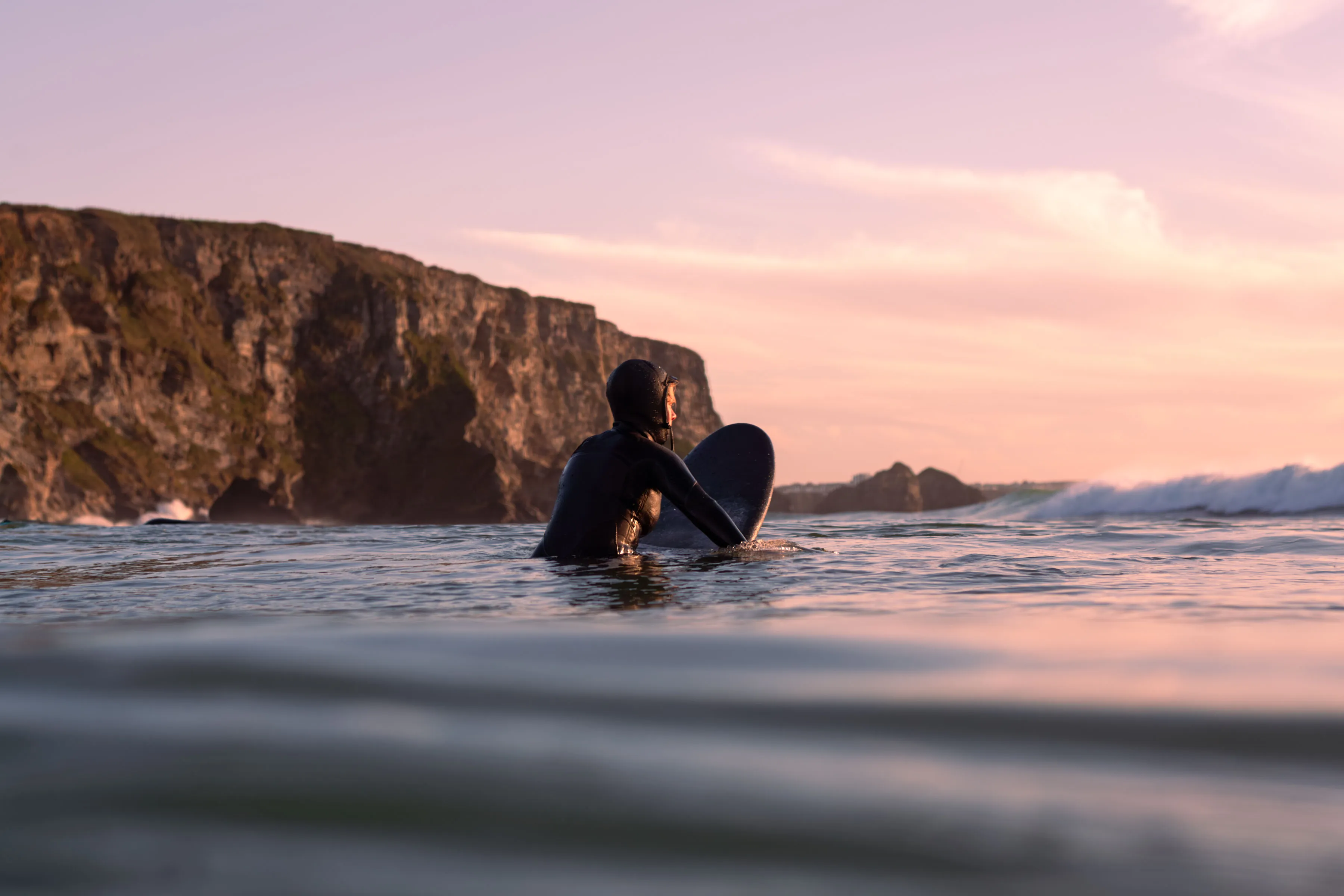Home / Natural signs – In the sky
Natural signs – In the sky
11th November 2021
Coastal conditions can be unpredictable: sunny one minute, stormy the next. We show you how to forecast what’s coming by immersing yourself in the environment around you…
In the days and weeks leading up to a holiday, how many times do you hit the refresh button on your favourite weather app in the hope of a bright, sunny forecast for your trip? What to pack, days out and activities are almost always planned around what the weather is expected to be like.
But should you plan your break purely on a meteorologist’s weather forecast? As we’ve all had the pleasure of, weather is often a localised and transient thing. Like the sand beneath our feet, it’s always moving, always changing.
Fancy staying in a holiday retreat with a hot tub? Check out our cottages with a hot tub for a relaxing getaway.
 “We always notice when bad weather hits us but if we can watch the progression of clouds in the few hours before, we can predict when the bad weather is coming.”
“We always notice when bad weather hits us but if we can watch the progression of clouds in the few hours before, we can predict when the bad weather is coming.”
Rather than stake all your holiday plans on the weather forecast, created by analysing streams of data, why not step outside. Stop, listen and observe your surroundings. It could tell you a whole lot more about what’s about to happen than a regional weather forecast.
Direction of travel
An easy way to tell if there’s going to be a change in the weather is to check the wind, as Tristan Gooley, natural navigator and author of The Secret World of Weather explains:
“The best thing you can do is to take note of where the wind is coming from. It’s one of those things that doesn’t take much time – you could do it after breakfast, lunch and dinner – just check where the wind direction is coming from and if it has changed quite a lot, by more than 90 degrees, you can be pretty sure that a weather change is on its way.”
To gauge the wind direction, find a visual anchor, like a flag, if it’s blowing south east, the wind is coming from the north west, and so on. You could also try feeling the wind direction, Tristan writes in his weather guide. In open ground, close your eyes and turn your face until you feel the wind on both cheeks. Then, raise your hand to chop the air slowly, moving it until you feel the wind cooling each side equally. When you open your eyes, you’ll have a sense of where the wind is blowing from.
Next, take a look up at the clouds. Seeing how they move and change on any given day is also a good indicator of what weather lies ahead.
“We always notice when bad weather hits us but if we can watch the progression of clouds in the few hours before, we can predict when the bad weather is coming,” says Tristan. “If we look at the very highest clouds, the cirrus – the wispy, feathery, candyfloss style of clouds –they’ll start to build in number ahead of bad weather.”
Keep a mid-afternoon eye on what the cumulus clouds are doing, too. These are the fluffy, marshmallow style clouds with flat bottoms.
“Tall cumulus clouds usually indicate that the cloud is just dumping it’s rain on you and then the shower will end, whereas a thick stratus blanket of unbroken cloud across the sky indicates blanket rain.”
“If they’re getting smaller, it’s a sign that the weather will continue to be quite fair for probably the next 24 hours,” he says. “But if they’re getting taller it’s a sign of moisture and instability and things are going to get worse.
“The rough rule with cumulus clouds is if they’re taller than they are wide and they keep getting taller, then you’ve probably got some rain showers on the way.”

Showers pass
Hear the pitter patter of rain on the window on the first day of your holiday? Don’t feel disheartened; it could just be a passing shower. Again, you can tell if the rain is passing through by looking at the shape of the clouds.
Tall cumulus clouds usually indicate that the cloud is just dumping it’s rain on you and then the shower will end, whereas a thick stratus blanket of unbroken cloud across the sky indicates blanket rain. This will be slow moving and could last several hours – meaning you might need to put the day’s beach trip on hold.
Not that a bit of rain need be a barrier to having fun in the sea, particularly if you’re out for a surf. The main weather that will impact the surfing conditions is the wind, but even that you can work around, if you know what you’re looking for.
Weather moves
“As a surfer you can generally find a nook to work with the weather,” says Rachel Murphy, founder of Women and Waves, a surfing society based in Newquay. “It’s not all about where you are, but asking yourself where the weather is going to be good for surfing. You move around with the weather.
Want to stay in Newquay? Have a look at our luxury holiday properties in Newquay.
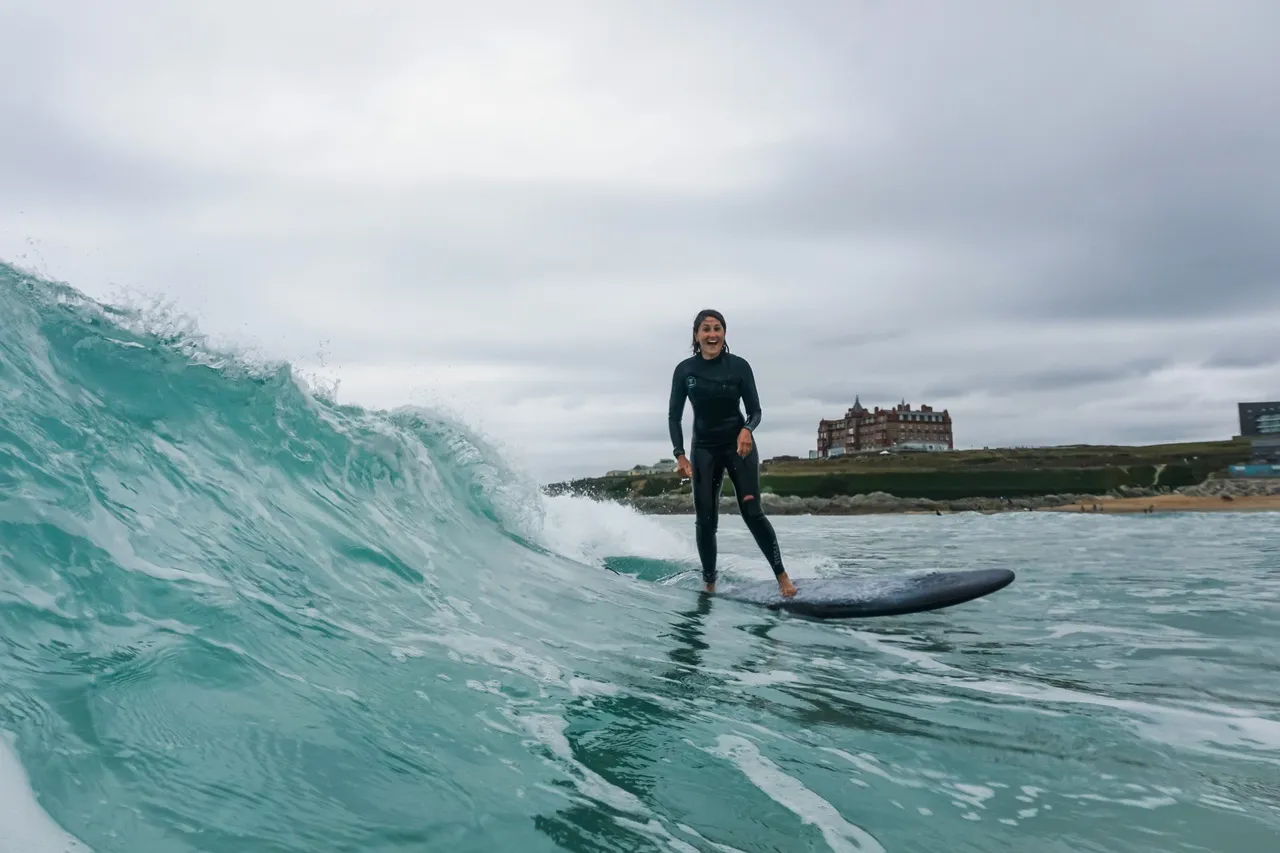 Credit: Women and Waves, @catgram810
Credit: Women and Waves, @catgram810
The ideal conditions for surfing are light offshore winds, where the wind blows from the land out to the sea. This creates clean, glassy waves. Onshore winds often create broken, messy waves that are more difficult to surf.
Most surfers rely on websites like Magicseaweed and Windguru for surf forecasts but Rachel reckons the best way to determine the forecast is to get outdoors. She says: “When I walk outside, I can generally feel what the wind direction is just from the temperature.
“If there’s a cluster of birds sitting on the beach, check out the direction they’re facing too. If they’re facing one way that’s a pretty strong sign that’s where the wind is coming from.”
“If it’s northerly and bitter then you know the wind is onshore, which isn’t great for surfing on the west coast of Cornwall. Whereas if it’s a warm wind, under 10mph, you know the surf will be clean and nice. You can feel that just on your face.”
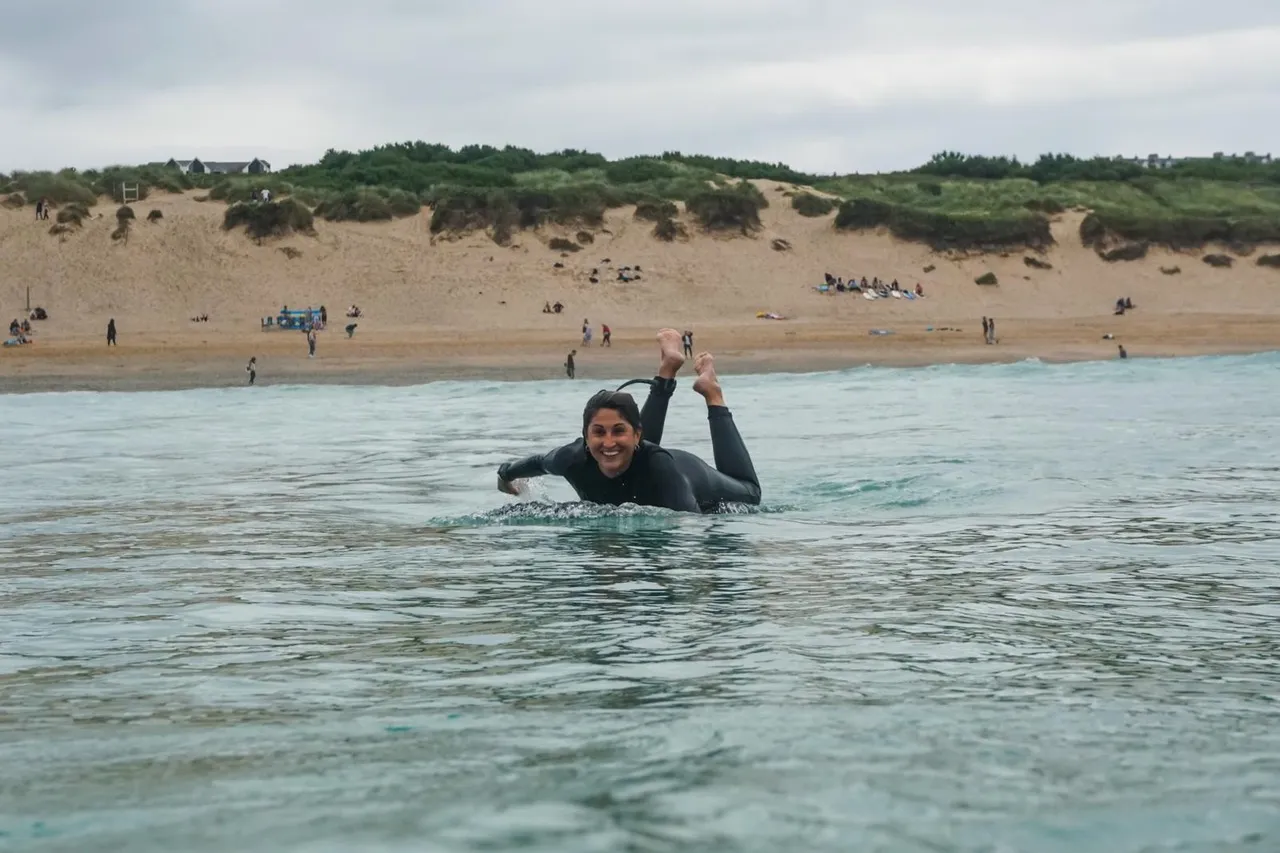
Credit: Women and Waves, @catgram810
Animal instincts
Tuning into the sound of the sea can also help you determine what the surf might be like. “You can sometimes hear a big groundswell when you’re near the coast,” says Rachel. “I can hear it first thing in the morning when I’m walking my dog. She doesn’t like it. She must feel the rumbling or vibrations that we can’t. So I can tell if there’s a big groundswell if she’s a bit apprehensive.”
It’s not just dogs that can alert us to incoming weather. If you’re on the beach, watch what the birds are up to.
“So if you see cirrus clouds during the day and then a halo around the moon later that evening, that’s a very strong sign rain is coming.”
“The vast majority of birds are land based,” says Tristan. “They range further from home when the weather is set fair and come closer to home when there’s bad weather on the way.
“If there’s a cluster of birds sitting on the beach, check out the direction they’re facing too. If they’re facing one way that’s a pretty strong sign that’s where the wind is coming from. If they change direction that means the wind direction has changed and it’ll probably be raining by sunset.”

The night before the day
When the sun does set after a busy day on the beach, a final tip for forecasting the next day’s weather is to take a look up at the moon to see if there’s a halo around it.
“The halo shows there are cirrostratus clouds, which mean a warm front is on the way,” says Tristan. “So if you see cirrus clouds during the day and then a halo around the moon later that evening, that’s a very strong sign rain is coming.”
Come rain or shine, the best you can do to make the most of your time by the sea is to have an awareness of the weather but not become a slave to the elements.
“You have to take the weather forecast with a pinch of salt and go with what you’ve got,” advises Rachel. “There’s never going to be a perfect day…just enjoy whatever the day brings.”
Find out more with:
Experience a surface-level change of pace, and enjoy slowing down and savouring the simple joys of coastal living along the Cornish coast.
